Crycam™ X-ray camera
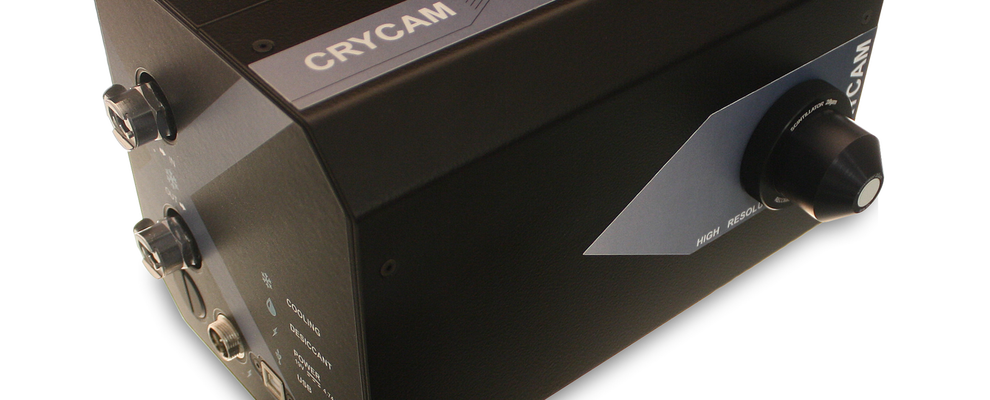
Key characteristics
|
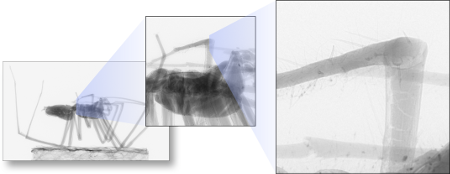 |
Imaging system scheme
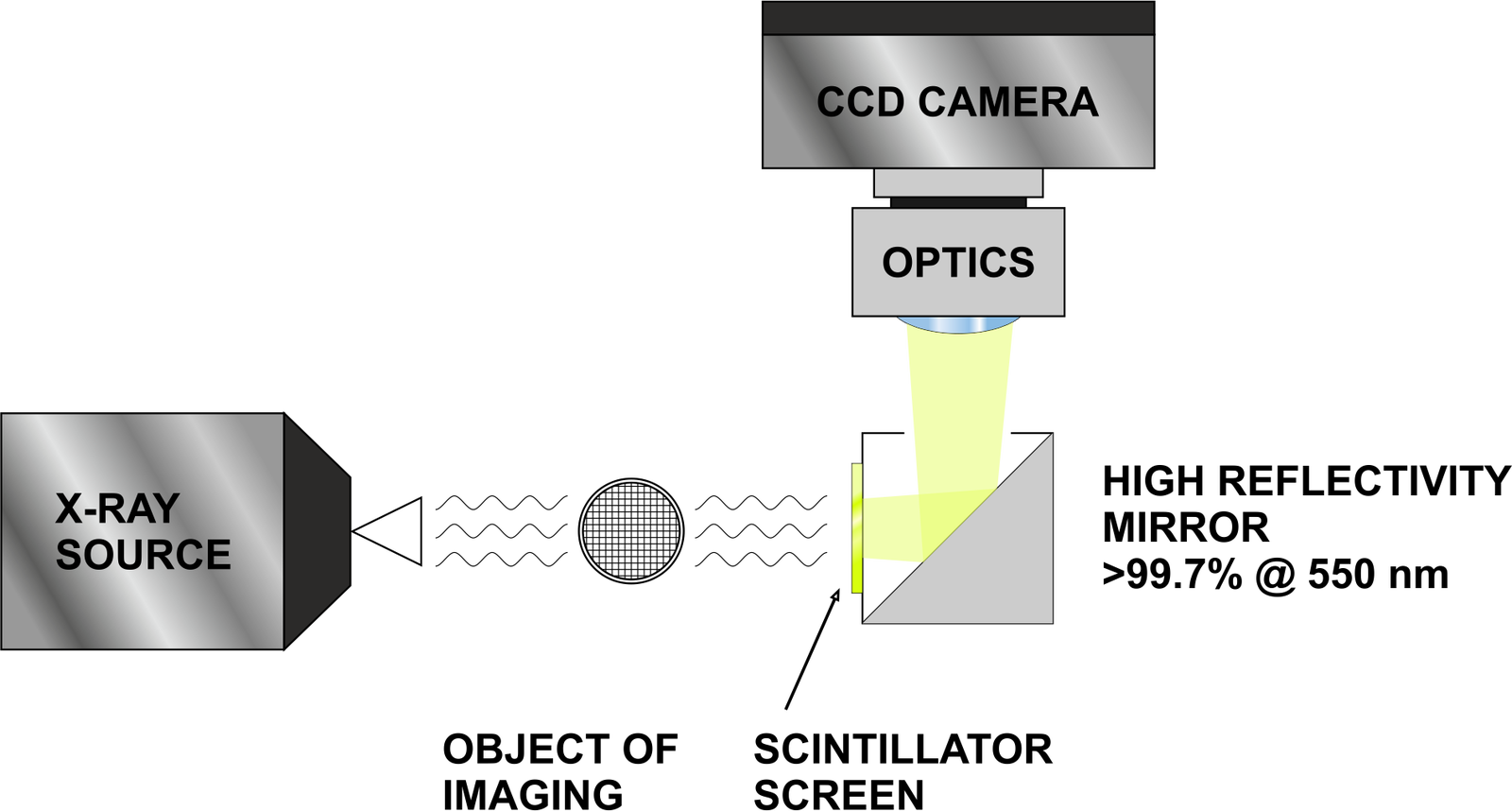
Ultra-thin single crystal screens
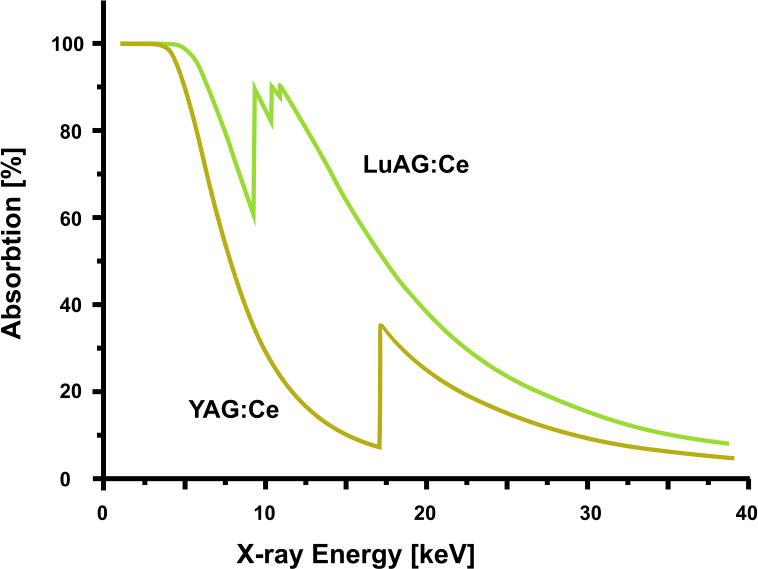 YAG:Ce and LuAG:Ce imaging screens are quite suitable for electron beams, proton beams, low energy X-ray, UV light, VUV and XUV radiation. Submicron spatial resolution is achieved due to excellent properties of the material and precise manufacturing.
YAG:Ce and LuAG:Ce imaging screens are quite suitable for electron beams, proton beams, low energy X-ray, UV light, VUV and XUV radiation. Submicron spatial resolution is achieved due to excellent properties of the material and precise manufacturing.
Single crystal screen properties:
- High optical quality
- High homogeneity of luminescence
- Extreme thinness and excellent face parallelism
- Chemical and temperature resistance
Crycam™ delivers considerably better resolution than an ordinary flat panel.
| Image comparison of 100 µm iron plate edge | Image comparison - golden mesh | Image comparison - head of wasp | |
|---|---|---|---|
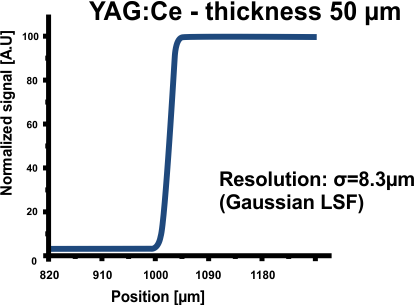 |
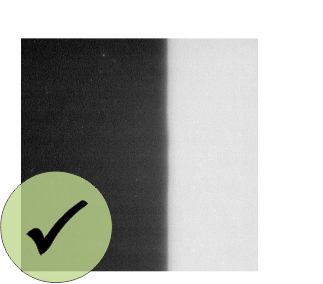 |
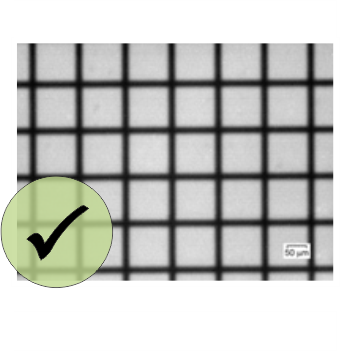 |
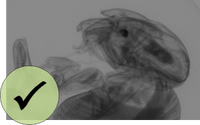 |
| YAG:Ce Crycam™ | YAG:Ce Crycam™ | YAG:Ce Crycam™ | YAG:Ce Crycam™ |
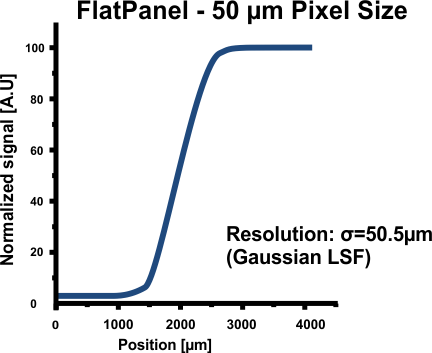 |
 |
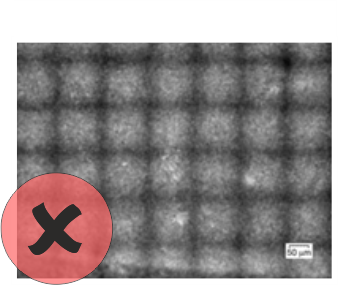 |
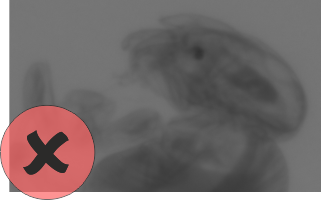 |
| Flat panel P43 scintillator | Flat panel P43 scintillator | Flat panel P43 scintillator | Fibre optics plate with CsI:Tl scintillator |
MACRO SYSTEM |
MICRO SYSTEM |
|
|
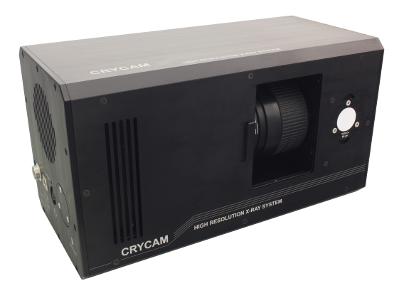 |
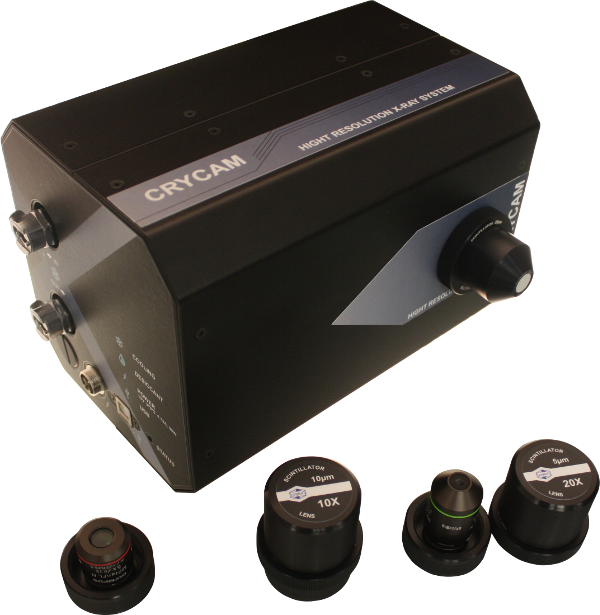 |
Technical parameters
Main features
- 16-bit monochrome depth
- Low electronic read noise - several e-/pix/s only (slow reading)
- Peltier cooling
- Suitable for low light sources
- Can be used for light intensity measurements
Camera models
| Cameras with Full – Frame CCD sensors | ||||
|---|---|---|---|---|
| Model | Pixel resolution | Pixel Size | Sensor size | Image download time |
| KF - 0400 | 768 x 512 | 9 x 9 µm | 6.9 x 4.6 mm | ~ 0.6 s |
| KF- 1600 | 1536 x 1024 | 9 x 9 µm | 13.8 x 9.2 mm | ~ 2.1 s |
| KF - 3200 | 2184 x 1472 | 6.8 x 6.8 µm | 14.9 x 10.0 mm | ~ 4.8 s |
| KF - 8300 | 3358 x 2536 | 5.4 x 5.4 µm | 18.1 x 13.7 mm | ~ 12.2 s |
| KF - 01000 | 1024 x 1024 | 24 x 24 µm | 24.6 x 24.6 mm | ~ 1.4 s |
| KF - 9000 | 3072 × 3072 | 12 × 12 µm | 36,9 × 36,9 mm | ~ 12,5 s |
| KF - 16000 | 4096 × 4096 | 9 × 9 µm | 36,9 × 36,9 mm | ~ 22 s |
Acquisition time: from 0.09s up to sensor saturation.
| Cameras with Interline Transfer CCD sensors | ||||
|---|---|---|---|---|
| Model | Pixel resolution | Pixel size | Sensor size | Image download time |
| KI - 2000 | 1604 x 1204 | 7.4 x 7.4 µm | 11.8 x 8.9 mm | ~ 2.6 s |
| KI - 4000 | 2056 x 2062 | 7.4 x 7.4 µm | 15.2 x 15.2 mm | ~ 5.7 s |
| KI - 11000 | 4032 x 2688 | 9 x 9 µm | 36.3 x 24.2 mm | ~ 14 s |
Acquisition time: from 0.05s up to sensor saturation.
Parameters
Shutter: Yes
Binning: 1x1 to 4x4.
Reading: Two modes, standard and low-noise.
Frames accumulation: Yes.
CCD signal processing: correlated double sampling (CDS) + 16 bit A/D converter.
Image acquisition: Fully SW controlled
Features: Background subtracting, Flat-field correction.
Antiblooming: SW controlled, Interline Transfer CCDs only.
Cooling: Peltier driven, <50°C below the ambient temperature
Optionally: FAN / cooling water.
Data interface: USB 2.0.
Power source: 12 VDC/ 5 A/ 100-240 V/ 50-60Hz
Sample images
Biological and medical objects
Electronics - integrated circuit inspections
Light-weight materials with pores
X-ray, UV, synchrotron beam inspection and measurements
Highly detailed X-ray ND inspections
Composite material inspection and development
The imaging system can be used in many applications where very small details of imaged object should be observed
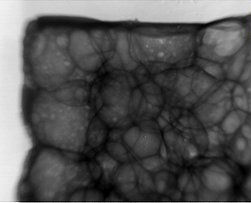 |
 |
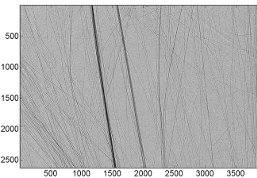 |
| Alumina foam | A connector with shielded cable | Carbon fibres (7-10 micron) |
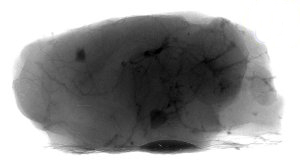 |
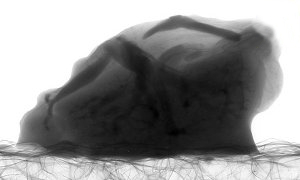 |
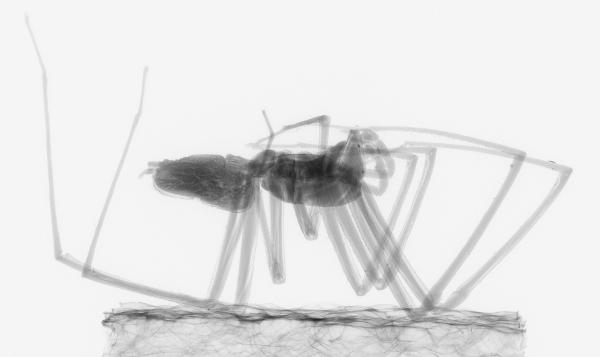 |
| Mouse brain | Mouse kidney | Spider |
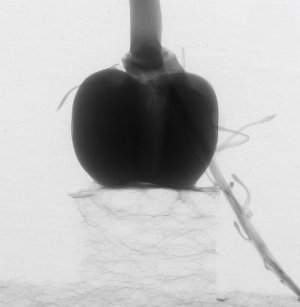 |
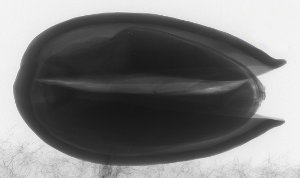 |
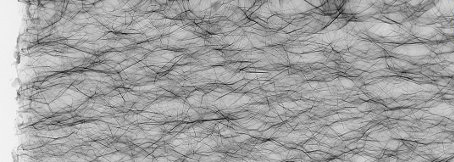 |
| Pea (sprouting) | Pistachio seed | Plastic foam |
